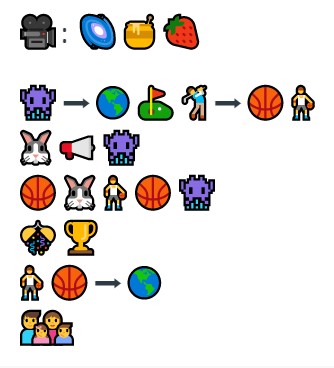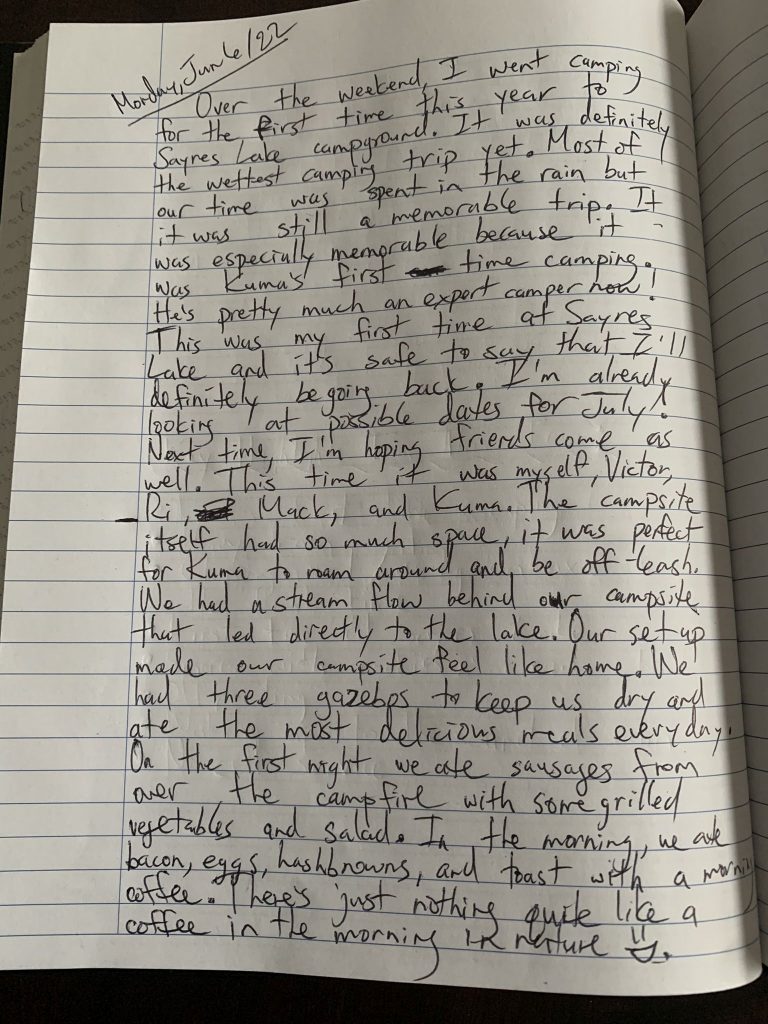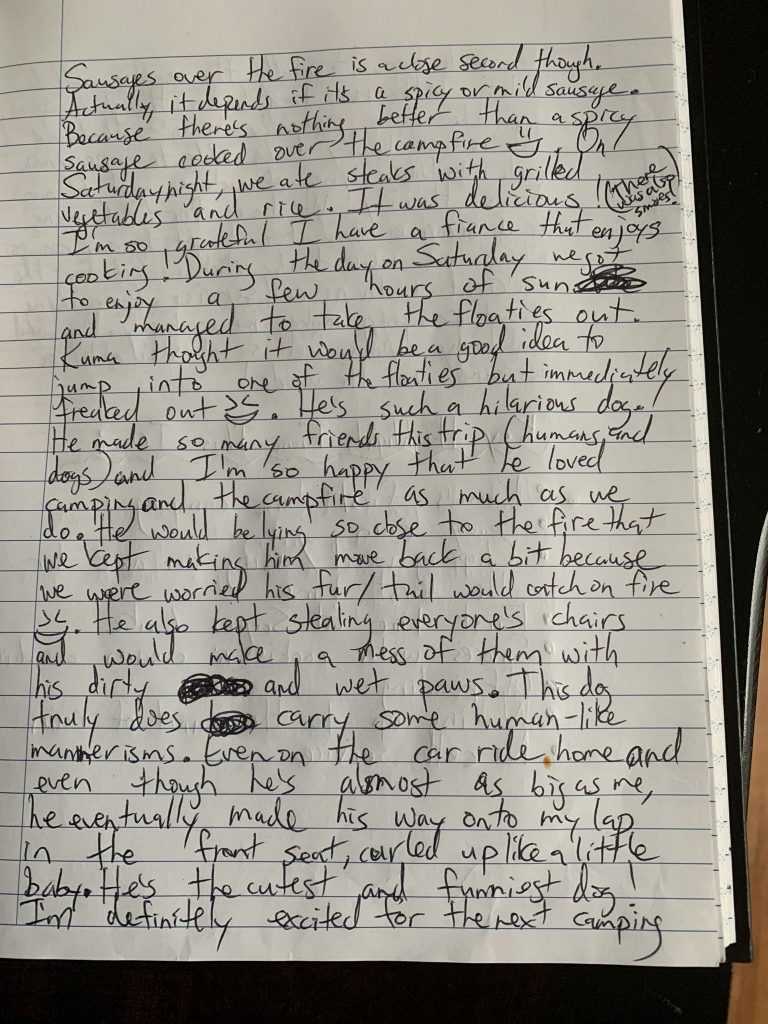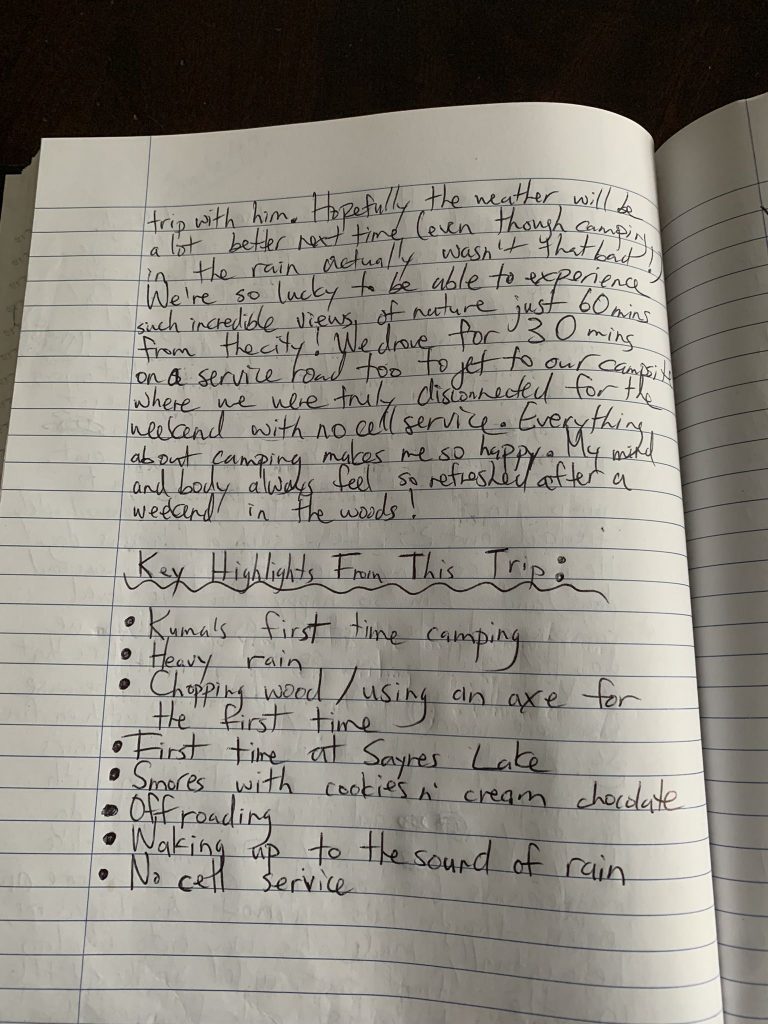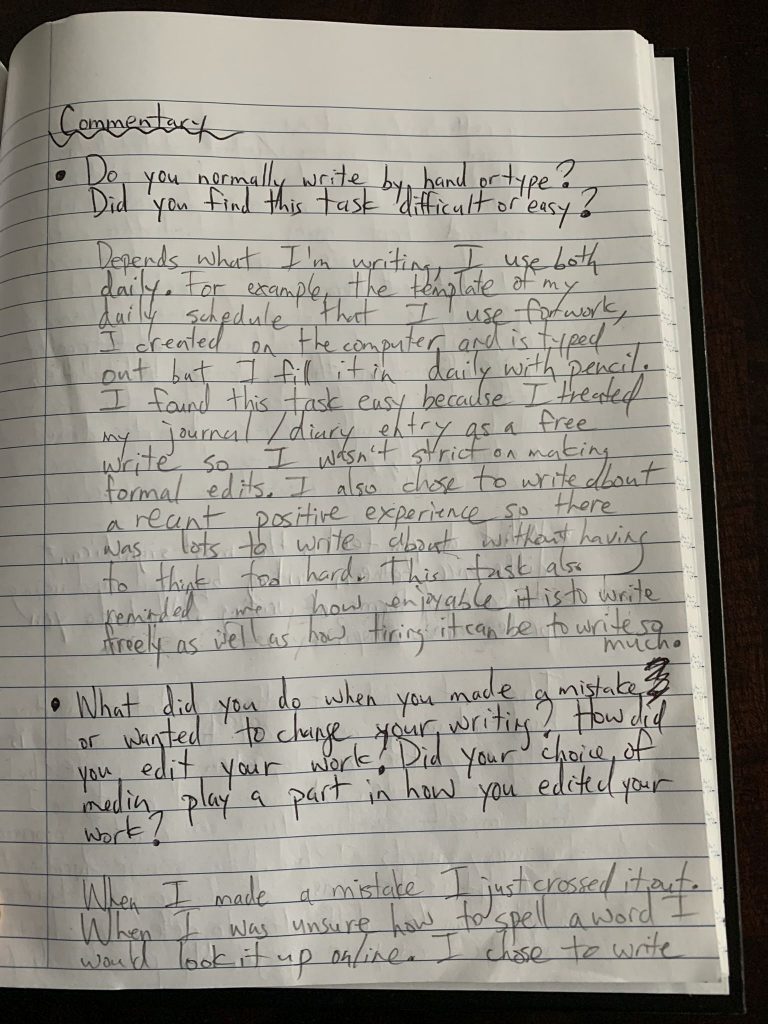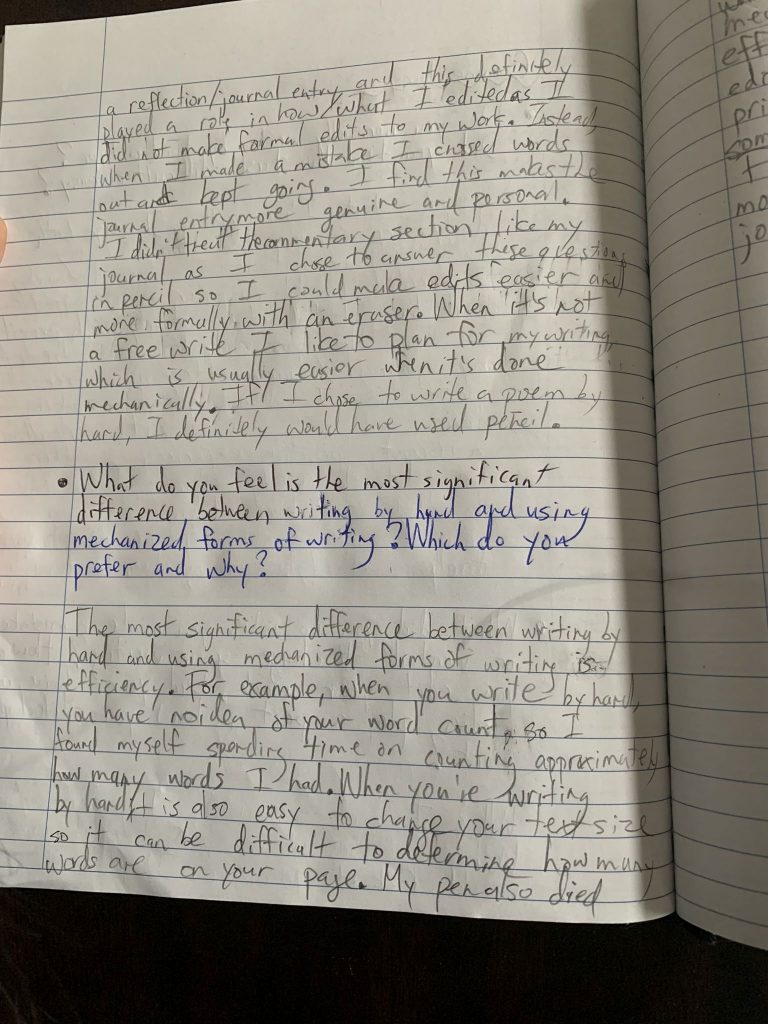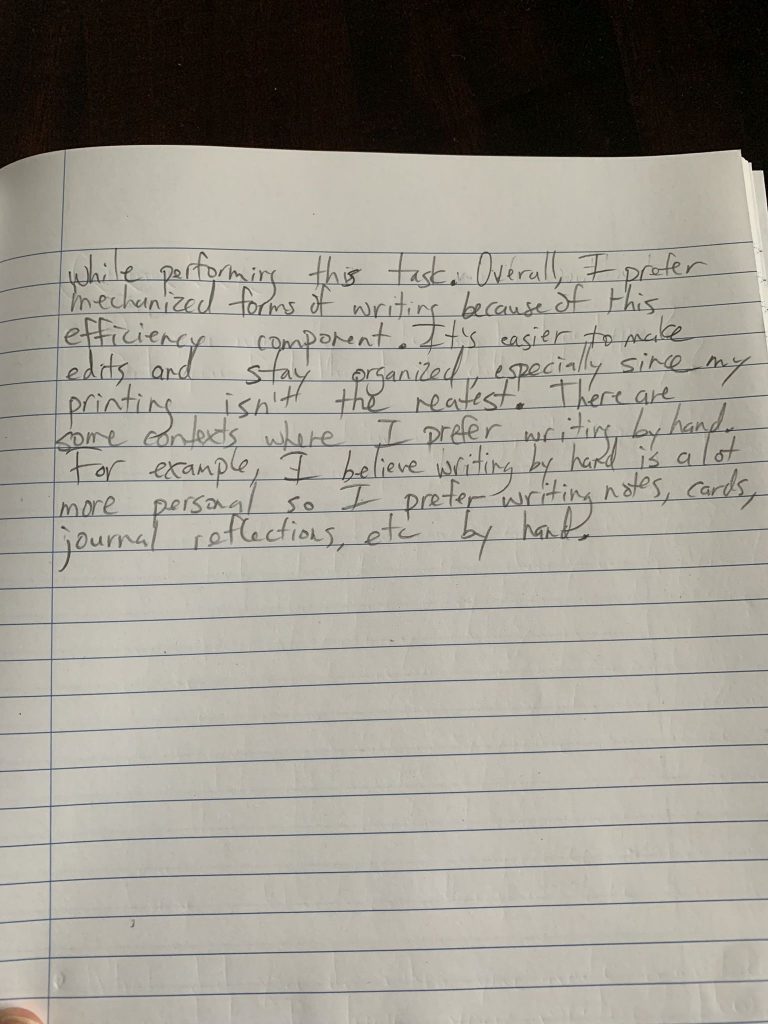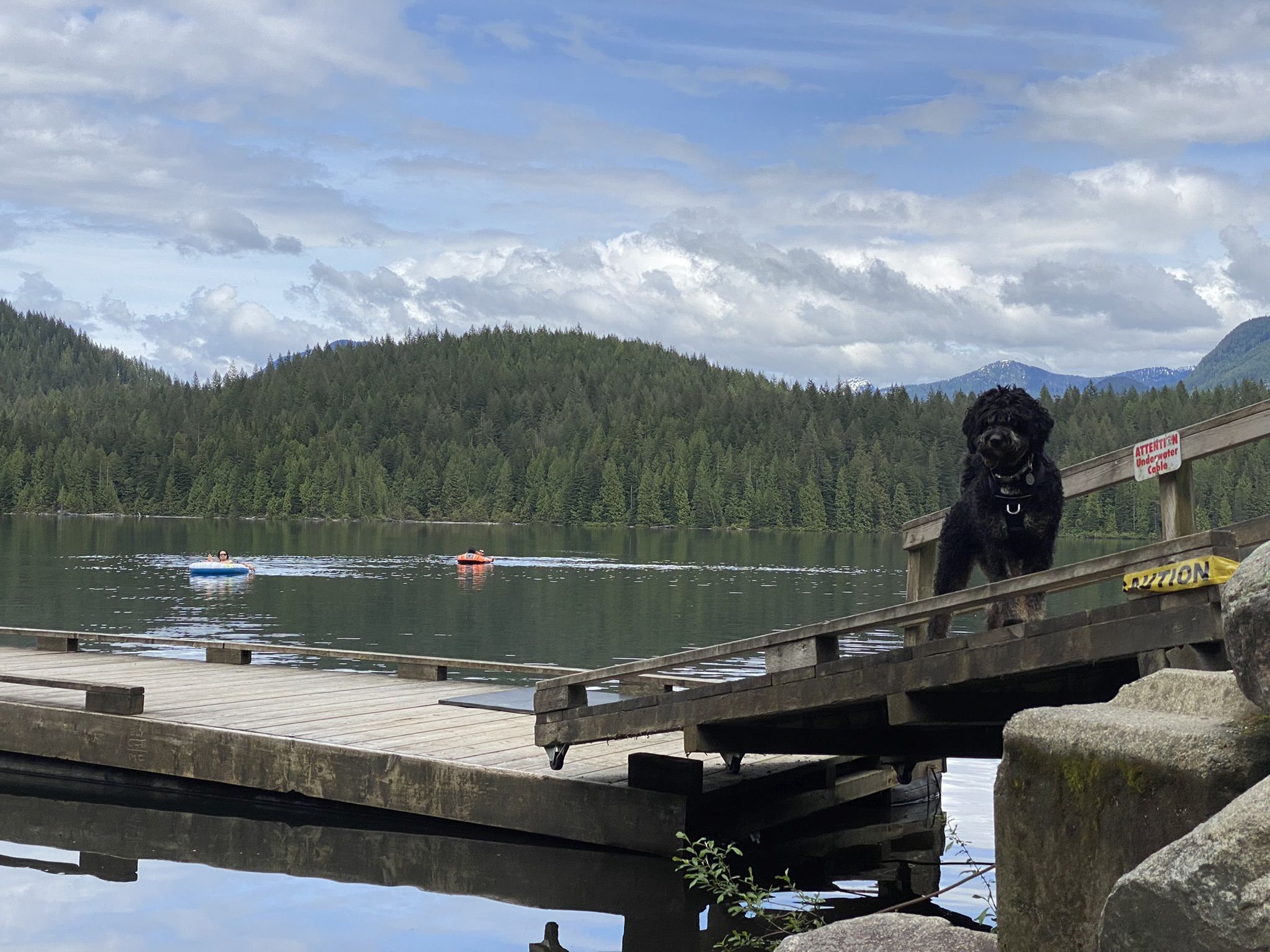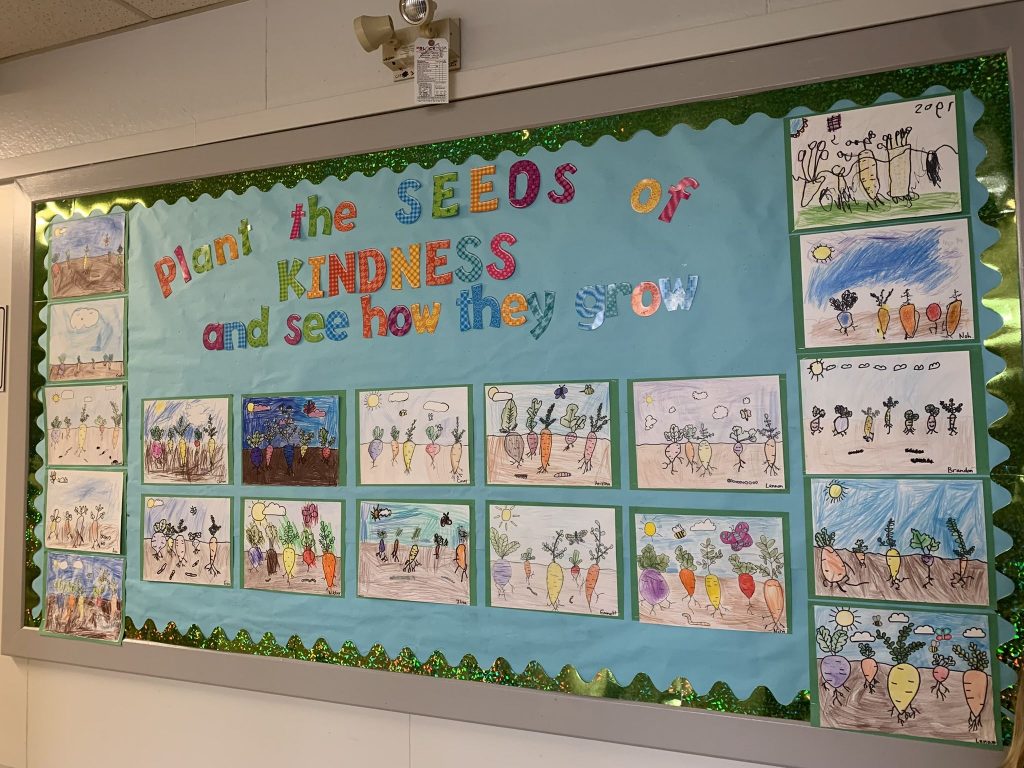This is my work bag that I carry around with me five days a week. whats in my bag
The items in my bag include:
- Another bag filled with some of my personal necessities such as wet wipes, hand sanitizer, band aids, bobby pins, tied to go, pen/pencil, chapstick
- Laptop and charger
- Cellphone (not featured as it was used to take the photo)
- Sunglasses
- Wallet (includes ID cards, bank cards, gift cards, scan card for work)
- Keys
- Water bottle
- Coffee cup
- Lunch bag
- Speaker
- Dog treats
The text technologies in my bag include my laptop and cellphone that help me learn and stay connected. These items make it known that I personally value and enjoy using technology on a regular basis. My laptop charger that is carried around with me further points to the extent that I use technology. As a classroom teacher, my laptop plays an important role in the way I communicate with my students and peers. In addition, my cellphone has become both my planner and wallet that helps me stay organized and demonstrates the value I place in technology for both language and communication.
The items in my bag best speak to my health, digital, financial, and cultural literacies that I have developed over time. My water bottle and lunch bag best speak to my health literacy. I always pack a home-made lunch and strive to make something that I look forward to eating (lunch is a big deal for me!). The dog treats in my bag could also represent my health literacy as I bring treats on all of my walks with my dogs. My laptop and cellphone best represent the value I uphold in digital literacy and learning through technology. My keys and wallet speak to my financial literacy in which saving, budgeting, and planning are important for obtaining both a car and financial cards. My wallet also includes my identification cards and some gift cards that I received from my students from Christmas which reflect my identity and lifestyle. The gift cards are for Chapters and Sephora, I enjoy reading and pampering myself with a relaxing face mask. My sunglasses, speaker, coffee cup, and personal bag, best speak to my cultural literacy in which I value travelling and being in the sun, listening to music, and ‘being prepared’ for every day tasks. My coffee cup and personal bag help me to feel prepared for my day. In addition, I especially love travelling to explore different cultures and to enhance my cultural literacy.
I believe the items in my bag also reflect my teaching style. For example, my speaker is used often to play music for my students and reflects the sense of play I try to incorporate. My sunglasses are part of my daily bag as I enjoy taking my students and the learning outside quite often. We recently just finished a community health promotion campaign put on by the city of Burnaby in which my class walked for 30 minutes every day for five weeks. During this time, we took the learning outside while also prioritizing our health and wellness, which are both emphasized in my teaching practice. Furthermore, the technology readily available in my bag is used daily in my classroom to enhance the learning environment.
The main difference that stands out to me when reflecting on what my bag would have looked like in past years is the technology. Technology these days is a lot more accessible and highly encouraged in the school systems. An archeologist trying to understand my bag in future years might assume that I live an active lifestyle.
